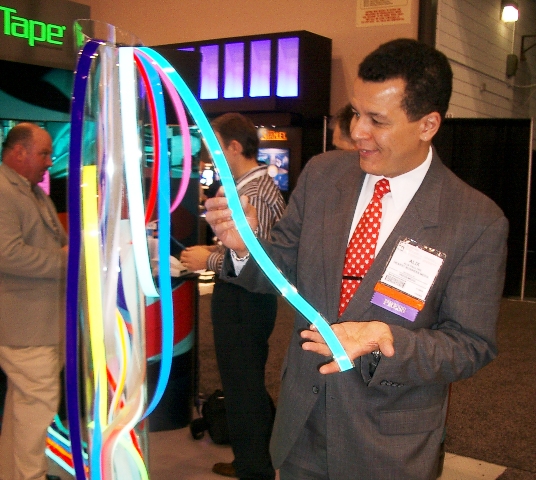
EL tape at LightFair 2007
I’ve often said that the push towards compact flourescent lamps (CFLs) is premature and damaging in the long run. CFLs are bulky, contain mercury, and are at best a stopgap in applications requiring continuous lighting to reduce energy demands. But CFLs are not the future of lighting. Solid-State Lighting (SSL) is.
An SSL light source does not require a special operating environment like a incandescent, flourescent, noble gas, or chemical lamp, so they are much more robust and have a significantly longer operating lifetime than anything based on a glass envelope at high light-output levels. Since an SSL emitter uses a more direct method of energy conversion to light, it is also more efficient.
Electroluminescent (EL) and Light-Emitting Diode (LED) technology is decades old, but recent advances have finally enabled the creation of a new lighting industry. Strings, sheets, bars, bulbs, and even transparent surfaces can now emit light on command. You can now buy LEDs with footprints measuring in the square millimeter, or sheets of flat EL illuminator measured by the square meter. Ceelite’s Light Emitting Capacitor (LEC) electroluminescent tech is currently being ussed in applications from illumination to signage.
Such light sources will replace most lamps in most places. (The light bulb didn’t completely replace the candle, either.) Already we are seeing LEDs take the place of light bulbs in traffic signals, and soon they’ll replace street lights as well. This is a good thing, as LEDs also put out light with a broad spectrum in contrast to monochromatic sources like sodium lamps.
There are some other interesting lights in the wings, too. While not quite an SSL source, the Ceravision Continuum™2.4 microwave – powered electrodeless lamp system promises to replace metal-halide lamps in high-intensity applications with a bright, ecological (no mercury) lamp with a projected lifetime of up to 50,000 hours.
This is why it is important to think of this as the Solid-State Lighting (SSL) revolution, not just the LED lighting revolution, as more techs crawl out from garages and labs around the world now that more companies and individuals are researching light generation than ever before.
So my advice is to buy a few CFLs for those long-duration lighting tasks and start looking for the latest generation of SSL lamps now becoming available.
This isn’t just restricted to illumination, either. SSL displays like those using Organic Light-Emitting Diode (OLED) technology are significantly thinner than displays requiring glass-tube backlights. The best LCDs are now being driven with red, green, and blue LEDs and can generate a color gamut 115% or better than the NTSC TV standard.
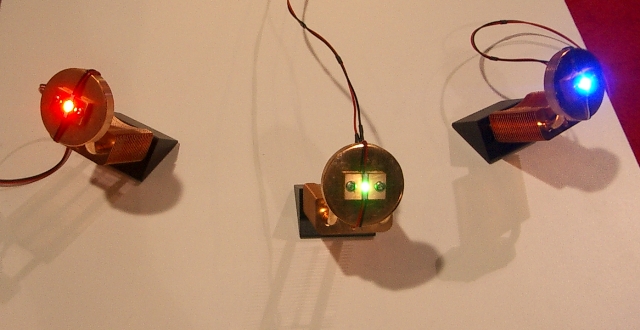
Our biggest problem is the same as we have with telecom – our infrastructure is so established nobody wants change. However, if we do not jump into this industry with both feet we’ll lose the lead we currently have as the rest of the world leapfrogs us.

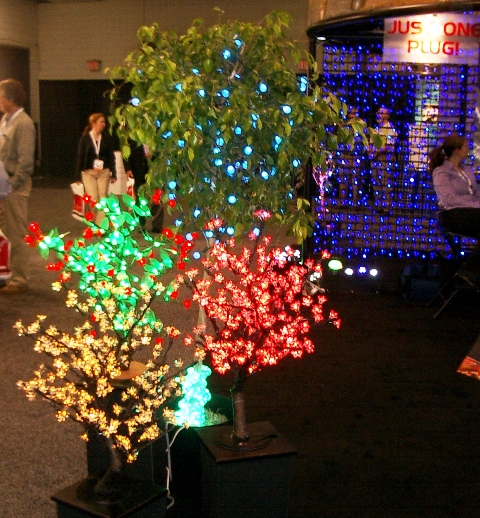
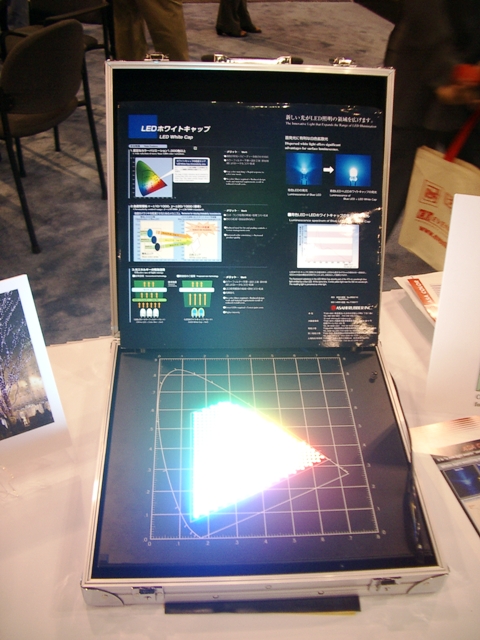
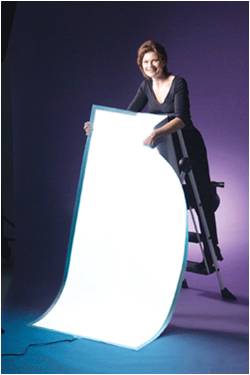
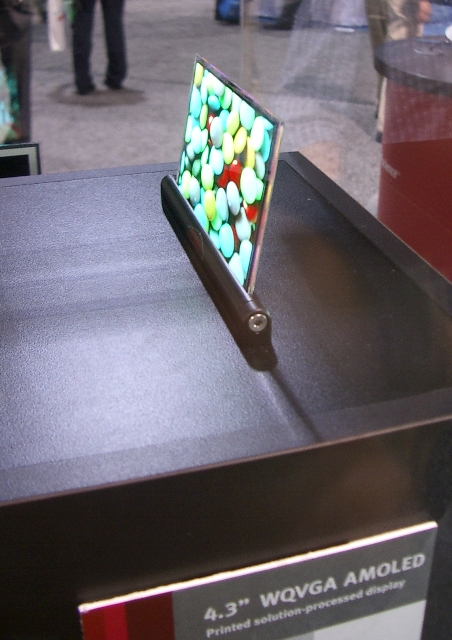














LED lighting products are limited in selection and availability and the cost is so high that they can only be justified for applications where the lighting is on 50 hours/week or more or where service is prohibitively expensive or inconvenient (some products require 100 hours/week usage before they can be economically justified). LED lighting (and other solid state lighting products) will not be practical for general home use until prices drop about 75% from current levels, and it will probably take a 90% drop before they take over the lions share of the lighting market. I would like to replace some of my lighting with LED products now or use LED lighting in any future remodeling, but it just can not be justified and/or the products I want don’t exist yet. I expect to see a better selection at more competitive prices by 2015 to 2020, but probably not sooner than that. I would love to be surprised, but new technologies have always (in my experience) taken much longer to reach the broad retail market than any early predictions. On the other hand, when the technology finally is ready it could take over the lions share of the market in a very short time. Teenagers in 2050 might not see an incandescent bulb without visiting a museum.